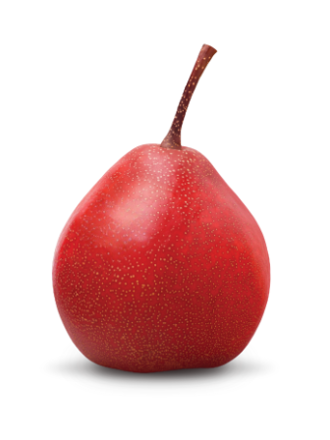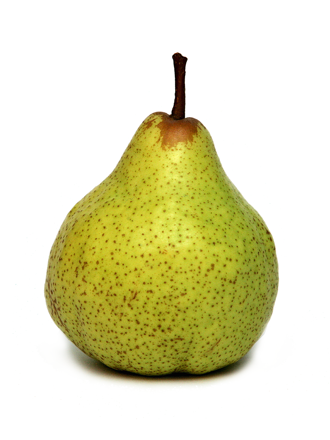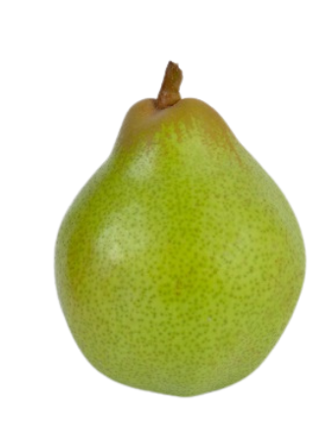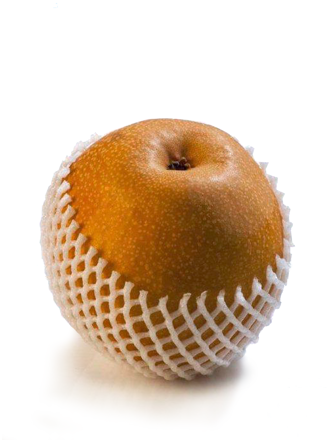Discover some of our pear varieties

Piqa®
Piqa® is a unique pear has vibrant red skin that is crisp and juicy. The striking color sets it apart from many other pear varieties.
These pears have a distinctive, somewhat blocky shape, often more rounded than the traditional pear shape. They are medium-sized, with a firm structure.
The Piqa® pear encapsulates tropical flavours like coconut and pineapple whilst having an exceptional shelf life.

Taylors Gold
Taylor's Gold pears have a distinctive bronze or golden russet skin. The russeting can range from light to full coverage, giving the pear a rustic, almost antique appearance.
The pears are typically medium to large in size with a classic pear shape—broad at the base and tapering towards the stem.
Taylor's Gold pears were discovered as a natural mutation of the Comice pear in New Zealand in the 1980s.

Packhams Triumph
Packham's Triumph pears have green skin that often remains green even when fully ripe. As they ripen, the skin may develop a yellowish hue. The skin can also have some russeting and lenticels (small, dot-like structures).
They are characterized by their irregular, knobby shape, which sets them apart from the more uniformly shaped pear varieties. They are medium to large in size, with a broad base tapering towards a narrow neck.
The Packham's Triumph pear was developed by Charles Packham in Molong, New South Wales, Australia, in 1896. It is a cross between the Williams' Bon Chrétien pear (known as Bartlett in the US) and the Uvedale St. Germain pear.

Beurré Bosc
Beurré Blanc pears have smooth, thin skin that ranges from pale green to creamy yellow as they ripen. They may exhibit a slight russeting, especially around the stem.
These pears typically have a classic pear shape with a broad, rounded base tapering to a slender neck. They are medium-sized.
The Beurré Blanc pear is an old European variety, with its origins traced back to 1820 in Boulogne, France. It has been cultivated for many centuries and is cherished for its superior eating quality, specifically when used in baking.

Doyenné du Comice
Doyenné du Comice pears have smooth skin that can range in color from green to yellow as they ripen. They often have a red blush on one side, particularly if exposed to sunlight while growing. Some light russeting might also be present.
They are generally rounder and plumper compared to other pear varieties, with a short neck and a broad, rounded base. They are medium to large in size.
The Doyenné du Comice pear was first cultivated in France, in the mid-19th century, around 1849, by the Comice Horticole (Horticultural Society) of Angers. It quickly gained popularity due to its exceptional eating quality.

Nashi
Nashi is a crisp, juicy and refreshing type of pear from Asia but grown in New Zealand since 1982. Nashi are high fibre and vitamin C. Excellent eating, sweet, juicy with good acid balance and fine texture, Nashi are a large, russeted golden brown fruit.
Nashi can bruise and are handpicked ripe off the tree from late January to July.


